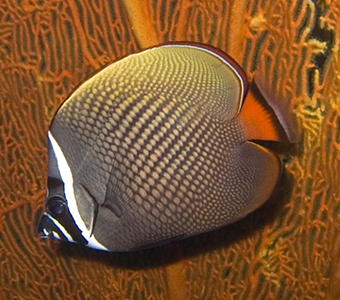|
| 질의: White shrimp | 결과: 34번째/74 | |
Redtail Butterflyfish (Chaetodon collare) - Wiki
| 제목: | Redtail Butterflyfish (Chaetodon collare) - Wiki
| |

| 해상도: 340x300
파일크기: 127076 Bytes
등록시간: 2007:08:14 23:36:07
|
Redtail butterflyfish
From Wikipedia, the free encyclopedia
[Photo] Collared butterflyfish (Chaetodon collare) Also known as a Redtail Butterflyfish. Source collared butterflyfish http://www.flickr.com/photos/61952179@N00/89929999/ Date November 25, 2005 at 07:11. Author jon hanson http://www.flickr.com/people/61952179@N00 from london, UK
The redtail butterflyfish, Chaetodon collare, also known as the Pakistani butterflyfish, is a butterflyfish of the family Chaetodontidae. It can be found in reefs of the Indo-Pacific oceans: from the Persian Gulf and Maldives to Japan, the Philippines and Indonesia. It usually swims at depths of between 3 and 15 m.
Description
The redtail butterflyfish is brown or black, with light scales, giving it a spotted appearance. It has a prominent, vertical white streak behind the eyes, a dark stripe over the eyes, and another, smaller white stripe in front of the eyes. The base of the tail is bright red, followed by a black stripe. The tip of the tail is white.
It can grow to 18 cm in length.
Behaviour
In the wild, its diet consists of coral polyps. In captivity, it is fed a variety of meats, including fish and shrimp.
http://en.wikipedia.org/wiki/Redtail_butterflyfish
| The text in this page is based on the copyrighted Wikipedia article shown in above URL. It is used under the GNU Free Documentation License. You may redistribute it, verbatim or modified, providing that you comply with the terms of the GFDL. |
|
^o^
동물그림창고 똑똑전화 누리집
^o^
|
|